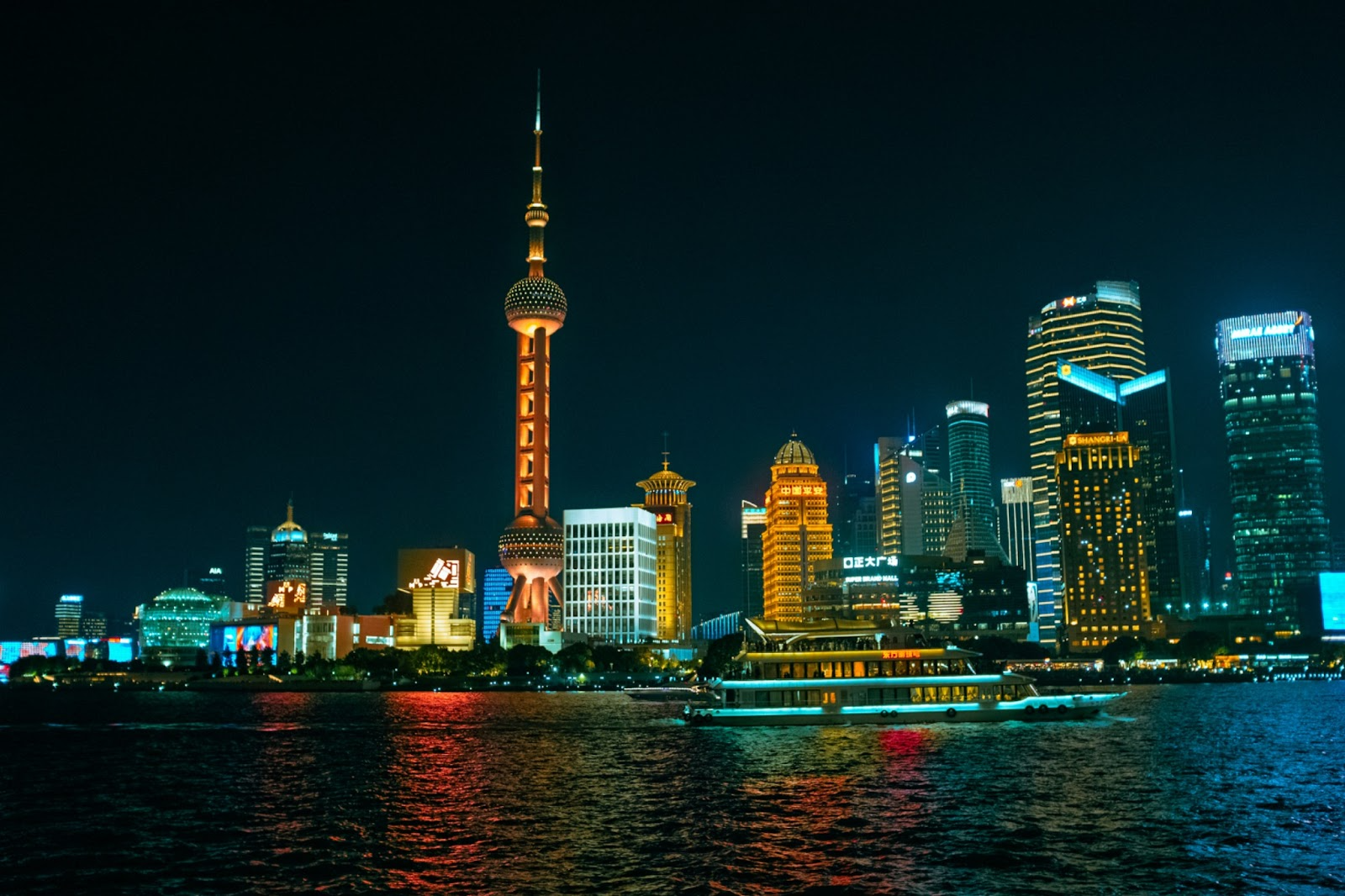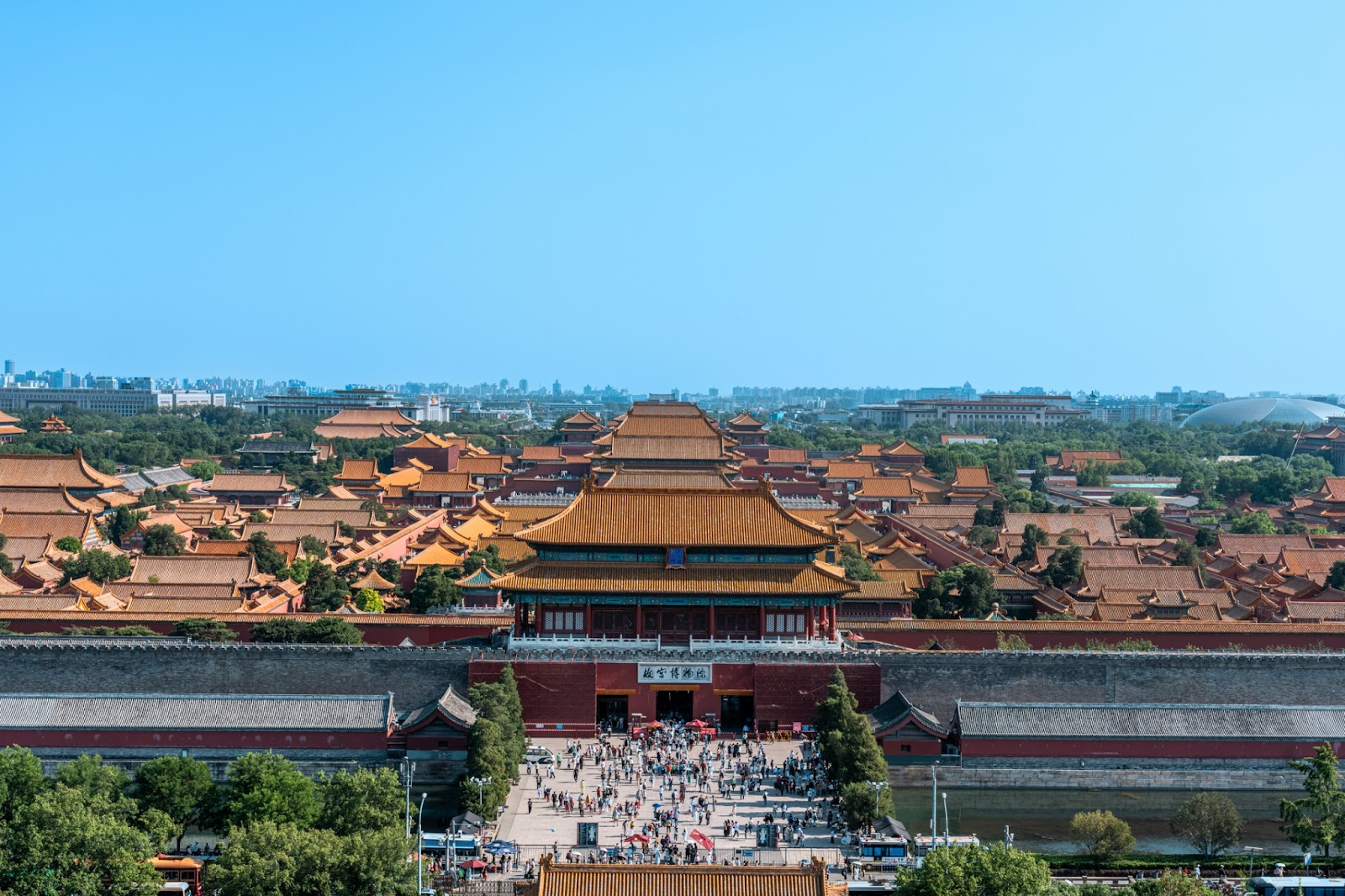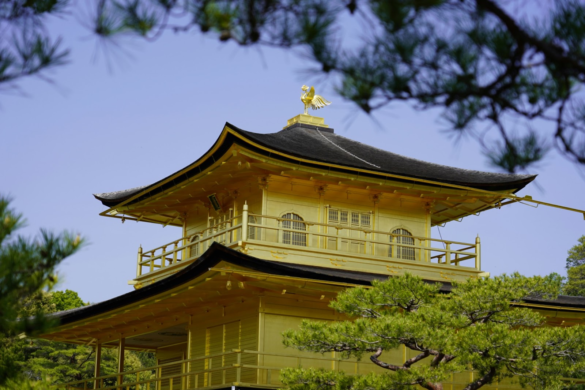China is a country where ancient dynasties and futuristic skylines exist side by side, where traditions are preserved with care even as cities stretch ever upwards. To travel across its vast landscapes by train is to see these contrasts unfold in real time, a journey where each stop reveals another layer of history, culture, and innovation. From the grand courtyards of the Forbidden City to the dizzying heights of the Oriental Pearl Tower and the shimmering nights along the Pearl River, exploring China by rail offers an experience that is as much about the journey as the destinations themselves.
Beijing: Where Empires Still Whisper
The capital is the perfect starting point. Beijing feels like the essence of China—commanding yet graceful, ancient yet modern. At its heart lies the Forbidden City, once closed to all but emperors and their courts. Today, it’s a UNESCO World Heritage site, but stepping through its massive gates still feels like crossing into another world.
The courtyards stretch endlessly, lined with red walls and golden rooftops that shimmer in the sun. Dragons twist across carved stone railings, and the symmetry of the layout speaks of power carefully controlled. Amid the bustle of tourists, there are still pockets of silence, where history seems to echo faintly across polished tiles.
Leaving Beijing behind opens the way for another iconic experience: the Beijing to Shanghai high-speed rail journey. Travelling at astonishing speeds, this route covers nearly 1,300 kilometres in under five hours. It’s not just about efficiency—it’s about the feeling of movement, watching the rural heartland give way to modern skylines as China’s scale and pace of change rush past your window.
Shanghai: A City of Futures
If Beijing is the guardian of tradition, Shanghai is its mirror to the future. The skyline is instantly recognisable, dominated by the Oriental Pearl Tower, its spheres glowing against the city’s neon backdrop. At night, the tower sparkles like a jewel above Pudong, while across the Huangpu River, the colonial façades of the Bund stand as reminders of the city’s layered history.
Shanghai is a city that thrives on contrasts. Ancient temples nestle between glass towers, and bustling food markets coexist with cutting-edge fashion boutiques. Walking through Yu Garden, with its intricate bridges and pavilions, you’re reminded that the city’s roots run deep—even as futuristic trains glide silently overhead on elevated tracks.
Art thrives here too, from the contemporary works in the M50 district to the cosmopolitan exhibitions at the Power Station of Art. In Shanghai, every corner seems to offer a glimpse of both where China has been and where it is going.
Guangzhou: A River in Motion
Travelling south, the rhythm of the journey changes. The Hong Kong to Guangzhou train is one of the region’s most important links, carrying travellers between two major hubs in less than an hour. The seamless connection speaks to China’s commitment to high-speed travel, knitting together cities and cultures with unprecedented ease.
Guangzhou itself has always been a city of trade and exchange. Today, it’s also a city of lights. By night, the Pearl River becomes the stage for one of China’s most spectacular illuminations. Skyscrapers, bridges, and towers glow in vivid colour, their reflections rippling across the water. Boats cruise up and down the river, offering passengers views of a city that feels alive with motion and energy.
By day, Guangzhou’s Canton Tower commands the skyline, twisting upward like a ribbon of steel and glass. Its observation decks offer panoramic views across the city, while the lively Shamian Island contrasts with colonial architecture and tree-lined boulevards. The city balances tradition and innovation, much like the rest of China.
China by Rail: More Than Connections
Travelling through China by train isn’t just practical—it’s transformative. The vast high-speed rail network has reshaped the way people experience the country, shrinking distances that once felt immense. Onboard, the atmosphere is both futuristic and grounded: sleek interiors, quiet carriages, and passengers from all walks of life sharing a common journey.
From your seat, the landscape becomes part of the adventure. One moment it’s farmland dotted with villages, the next it’s mountains or megacities glowing on the horizon. The trains don’t just connect cities—they connect lives, experiences, and perspectives.
A Tapestry of Old and New
What makes this journey so memorable is how the old and new never feel like they’re in conflict. The Forbidden City stands as a reminder of dynasties long gone, but its preservation ensures that history remains alive. The Oriental Pearl Tower looks boldly to the future, yet it stands across from the Bund, where 19th-century buildings still whisper of another era. The Pearl River glitters with modern light shows, but Cantonese traditions remain strong in its markets and kitchens.
China doesn’t erase its past—it layers it. Every city adds a new brushstroke to the canvas, and every rail journey draws the lines that tie them together.
Conclusion: Horizons in Motion
To explore China by rail is to experience a country that is always moving forward while keeping one eye on its past. The Forbidden City, the Oriental Pearl Tower, and the Pearl River each reveal a different part of its identity, yet together they tell a story of continuity through change.
What stays with you isn’t just the landmarks but the moments in between: the view from a train window, the taste of street food in a bustling market, the glow of neon reflected in water. It’s the sense of a country that refuses to stand still, where journeys are as meaningful as destinations.
From Beijing’s imperial courtyards to Shanghai’s futuristic skyline and Guangzhou’s illuminated riverbanks, China on rails is more than a route—it’s an unfolding story. And every time the train door opens, you step into a new chapter.


